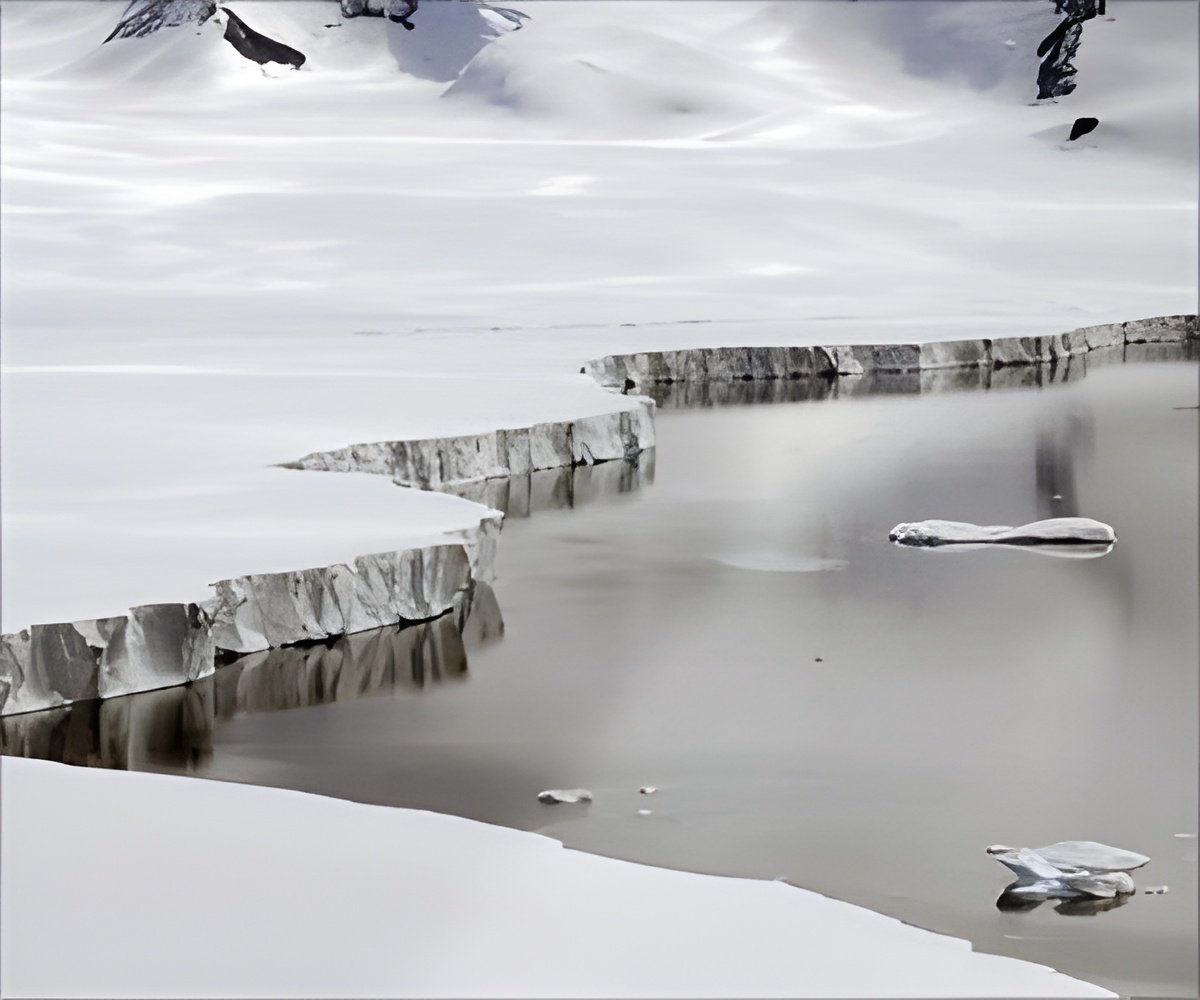
‘Geology of Antarctica and the Southern Ocean are responsible for the slight rise in the sea ice cover surrounding Antarctica.’
Tweet it Now
They found that two persistent geological factors - the topography of Antarctica and the depth of the ocean surrounding it - are influencing winds and ocean currents, respectively, to drive the formation and evolution of Antarctica's sea ice cover and help sustain it. "Our study provides strong evidence that the behavior of Antarctic sea ice is entirely consistent with the geophysical characteristics found in the southern polar region, which differ sharply from those present in the Arctic," said lead researcher Son Nghiem of NASA's Jet Propulsion Laboratory, Pasadena, California.
The study was published in the journal Remote Sensing of Environment.
The researchers analyzed radar data from NASA's QuikScat satellite from 1999 to 2009 to trace the paths of Antarctic sea ice movements and map its different types. They focused on the 2008 growth season, a year of exceptional seasonal variability in Antarctic sea ice coverage.
Their analyses revealed that as sea ice forms and builds up early in the sea ice growth season, it gets pushed offshore and northward by winds, forming a protective shield of older, thicker ice that circulates around the continent. The persistent winds, which flow down slope off the continent and are shaped by Antarctica's topography, pile ice up against the massive ice shield, enhancing its thickness.
Advertisement
The team also used QuikScat radar data to classify the different types of Antarctic sea ice. Older, thicker sea ice returns a stronger radar signal than younger, thinner ice does. They found the sea ice within the protective shield was older and rougher (due to longer exposure to wind and waves), and thicker (due to more ice growth and snow accumulation).
Advertisement
Source-IANS









